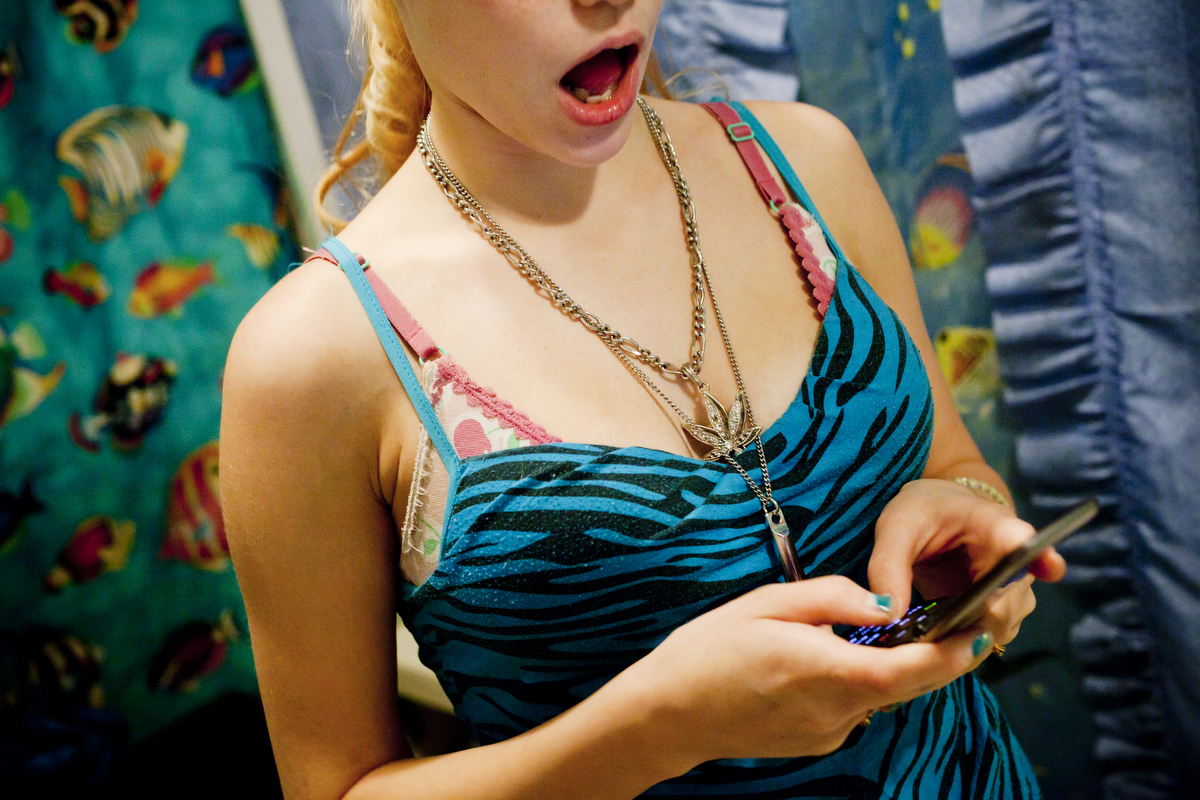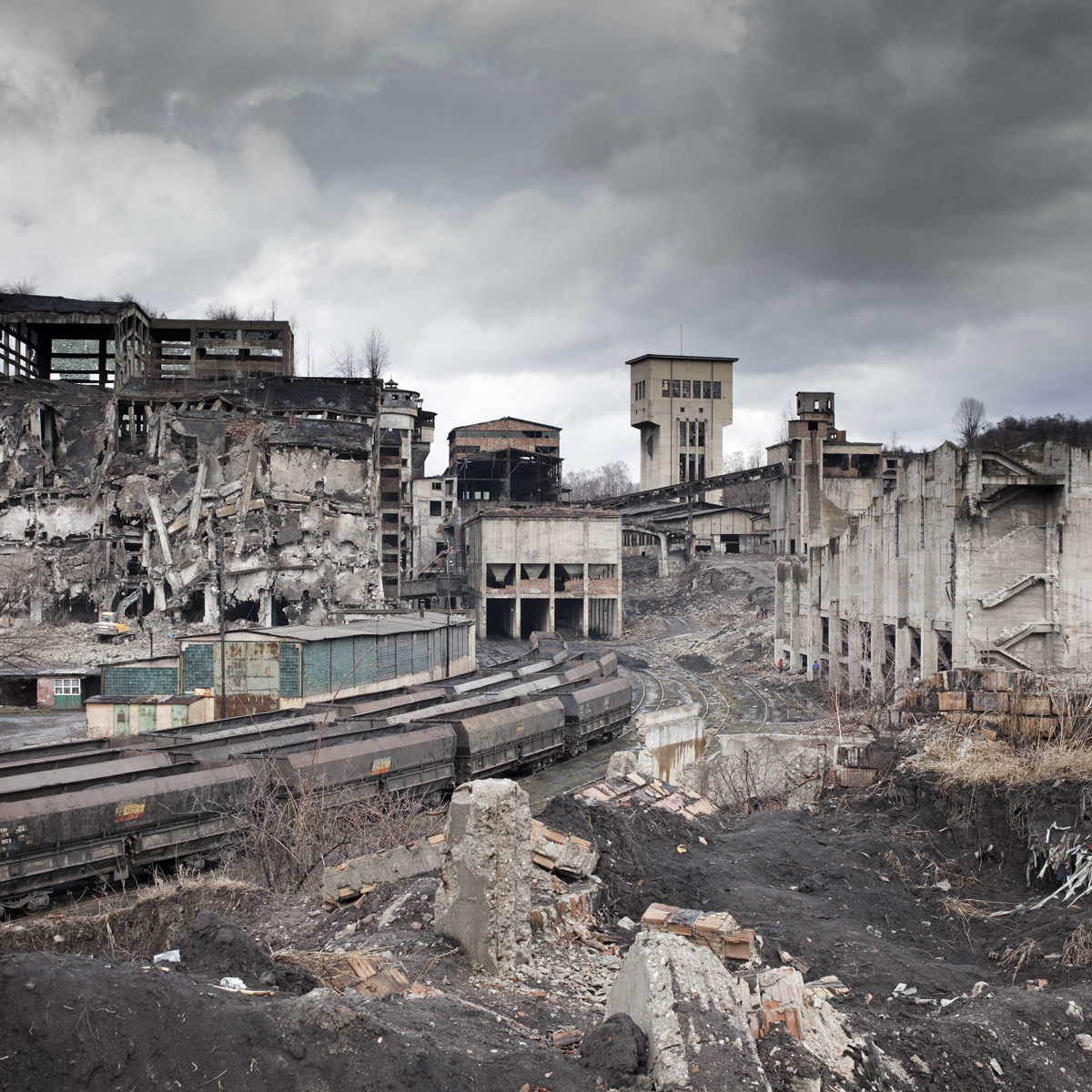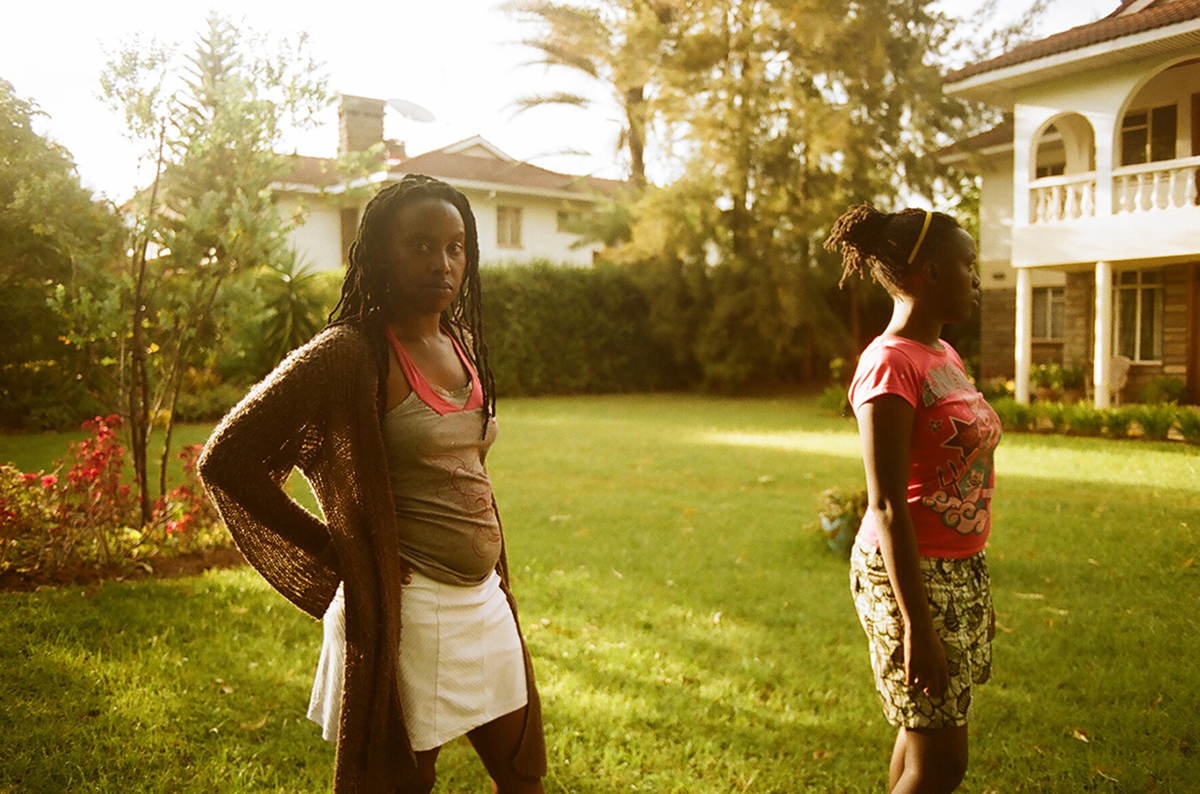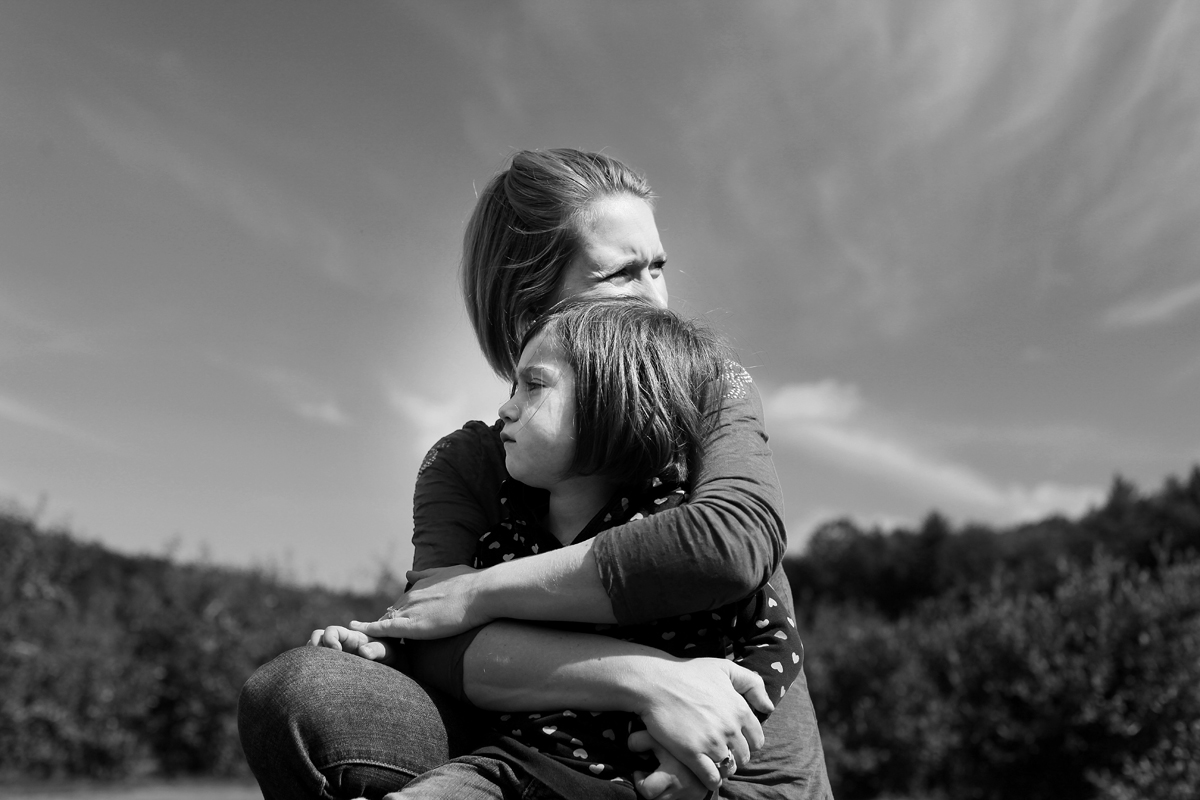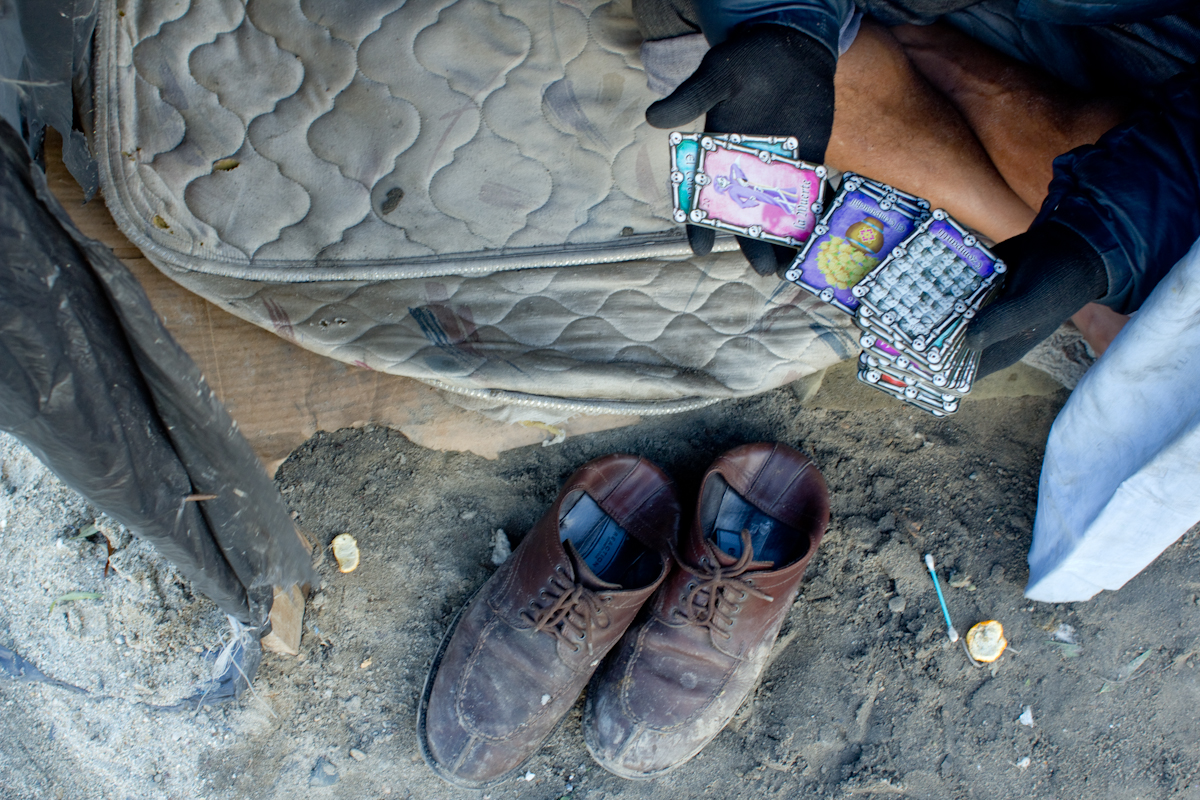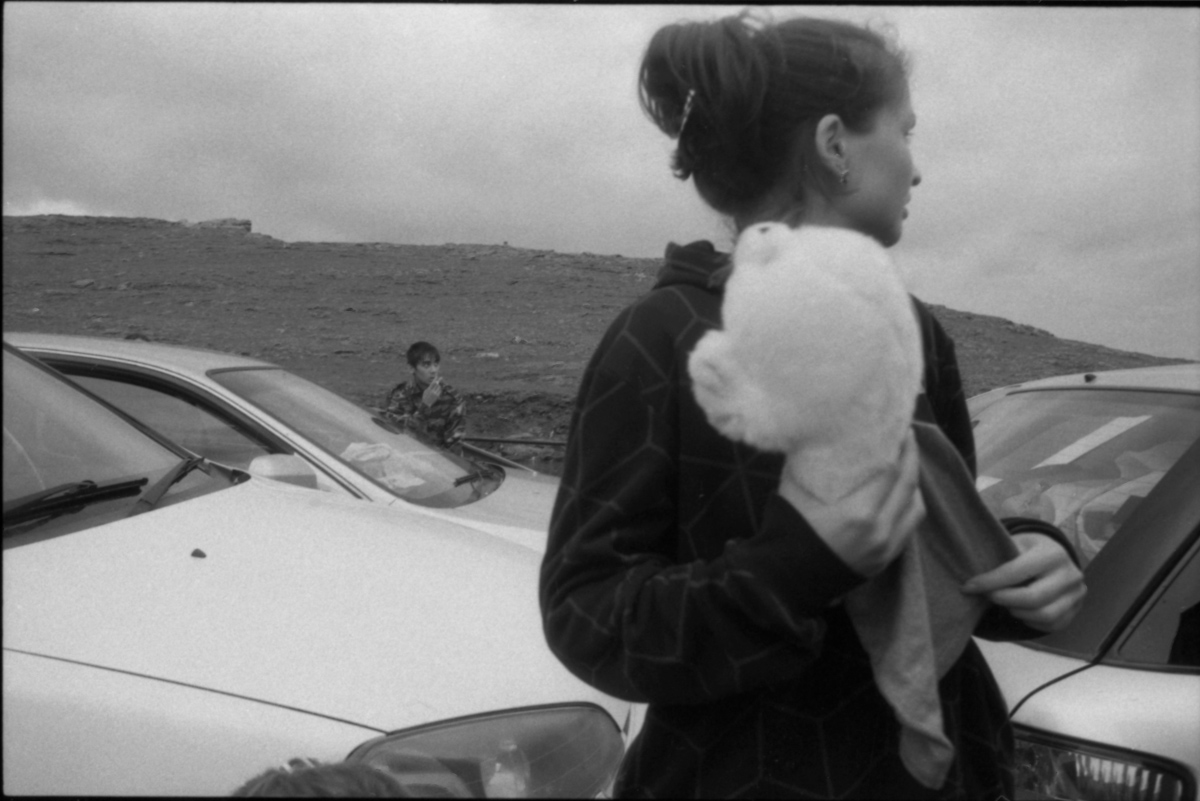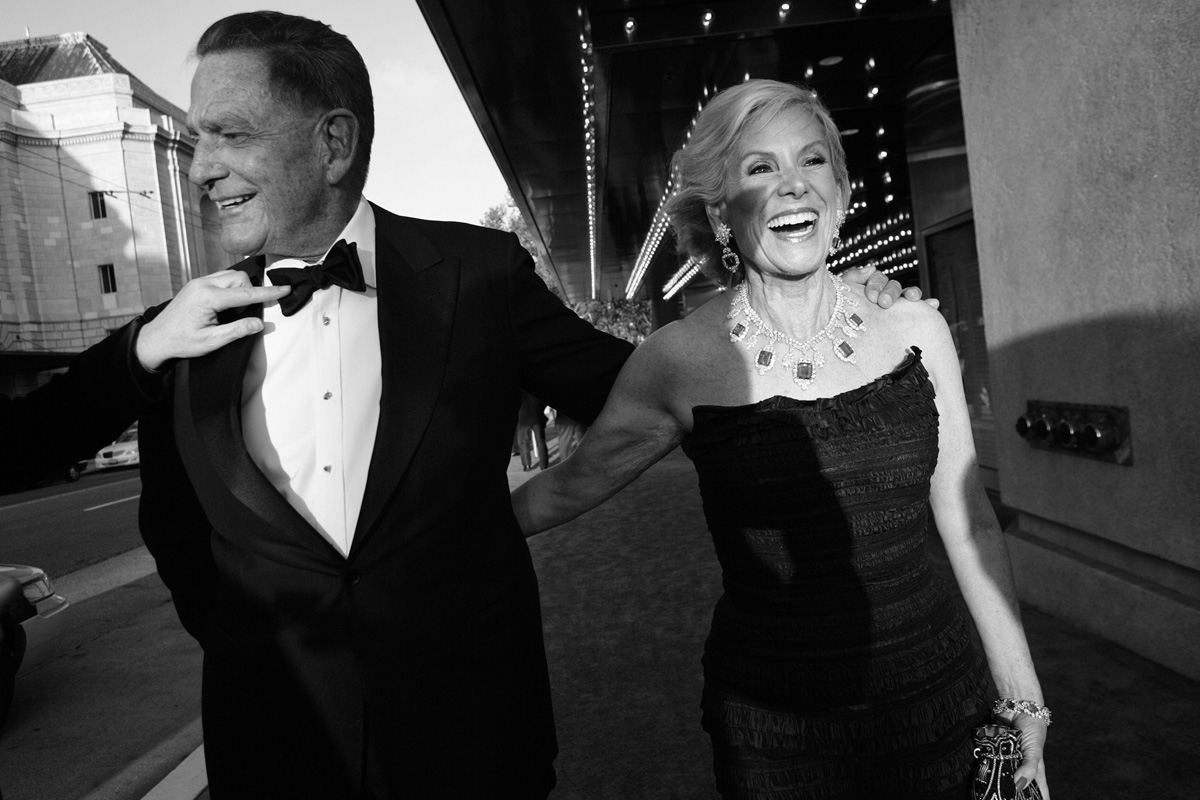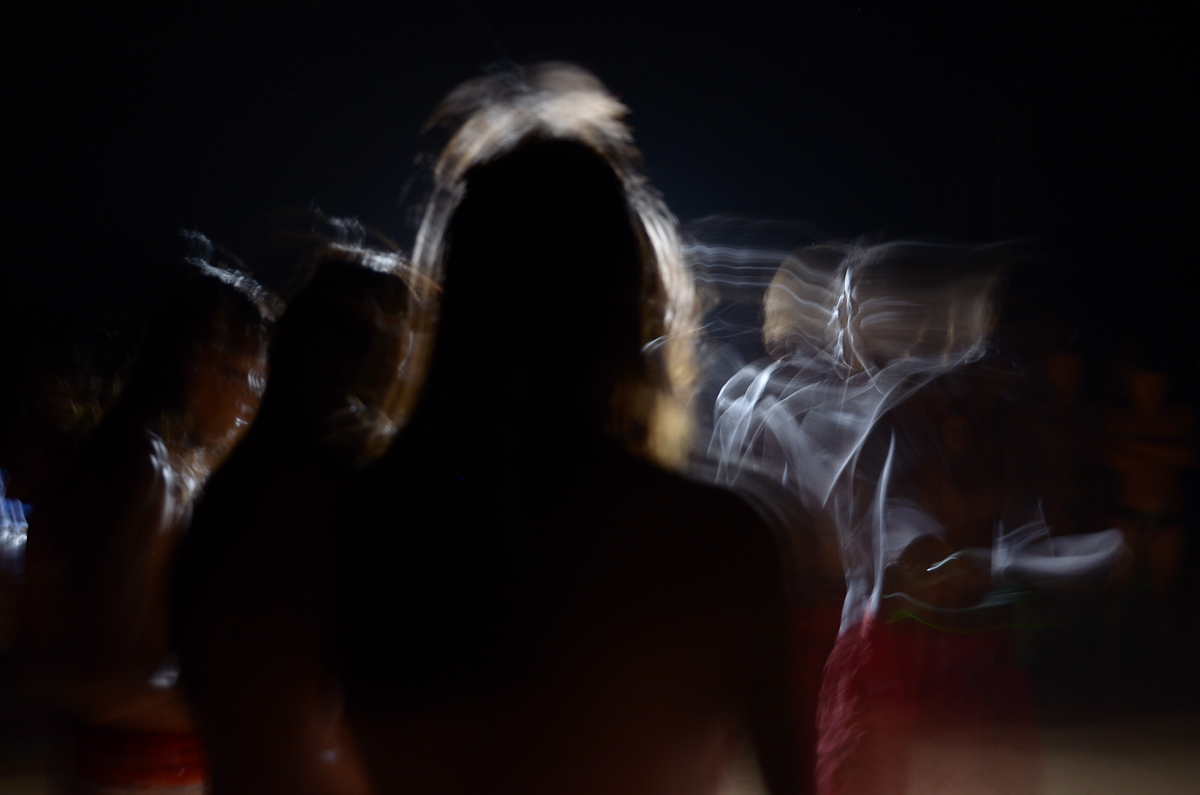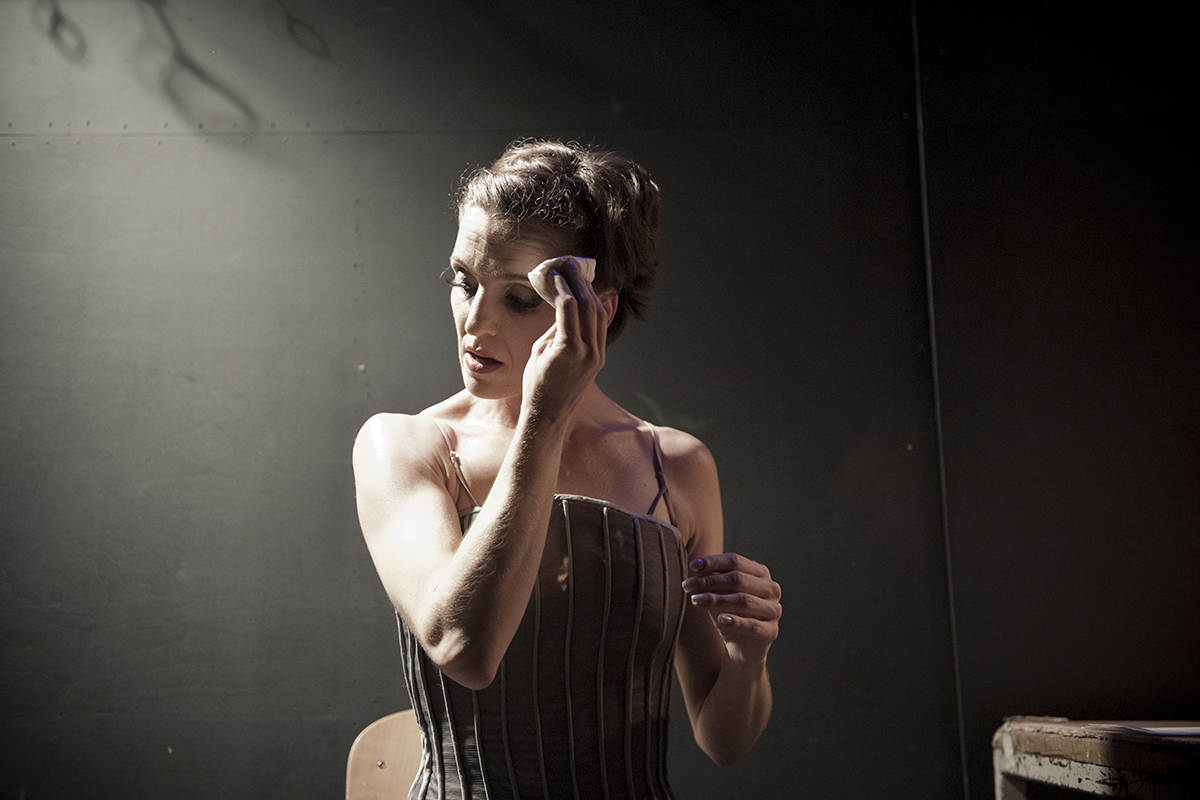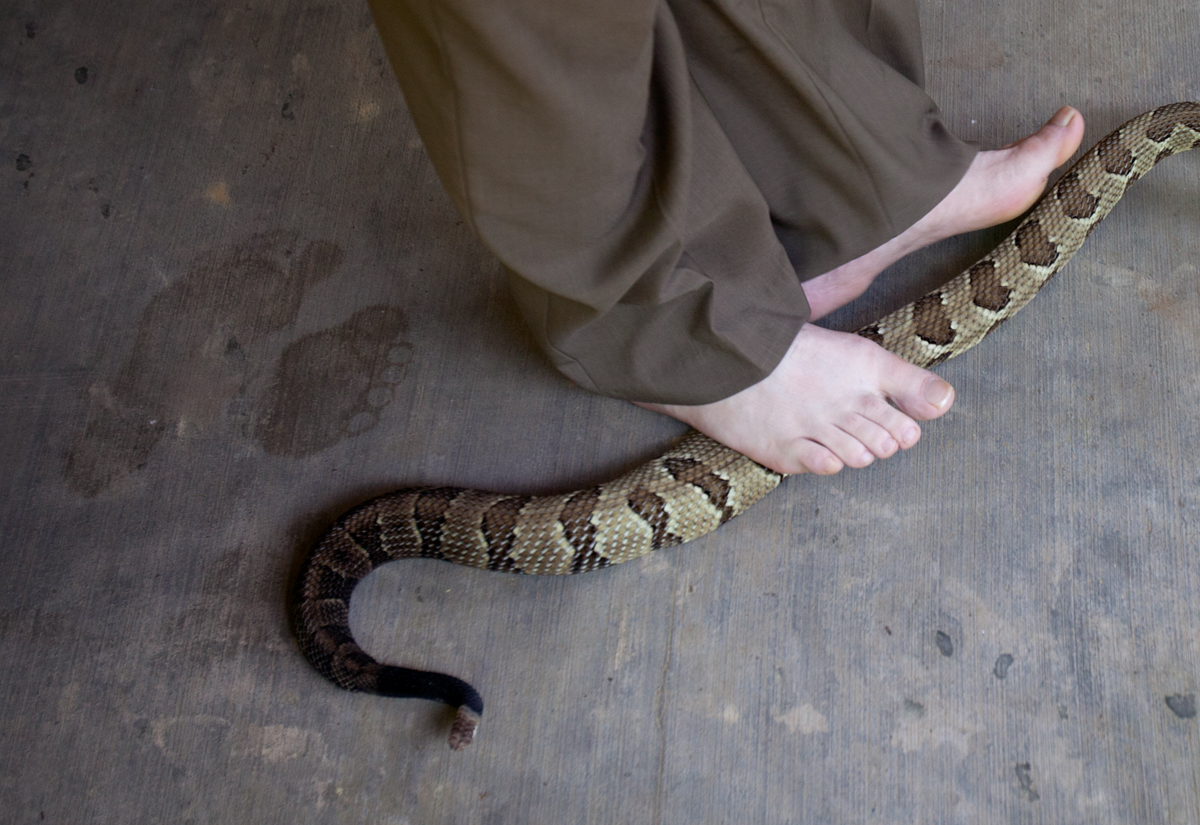Annie Flanagan (USA): Hey, Best Friend!
Gallery offline – updating soon
On September 20, 2012 I met Nekqua; that night Brittney’s father was killed in a work related accident. The next day, when I met up with Nekqua outside of the South West Community center in Syracuse, she had finished all of her homework and was leaning against a fence wearing a near see-through, white, button up t-shirt, that was revealing her leopard print bra that matched her headband. In her left hand was a banana, in her right a brown paper bag. “What’s for lunch?” I asked. “Condoms” she replied, “I can’t be a godmother again, so, I have to drop off condoms at my best friend’s house.” Continue reading Annie Flanagan: Hey, Best Friend!

